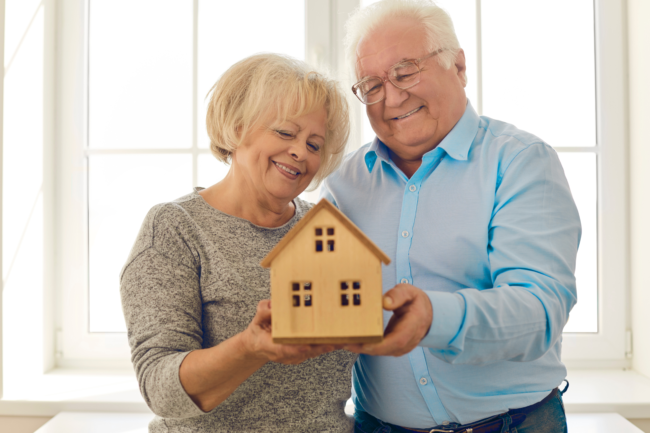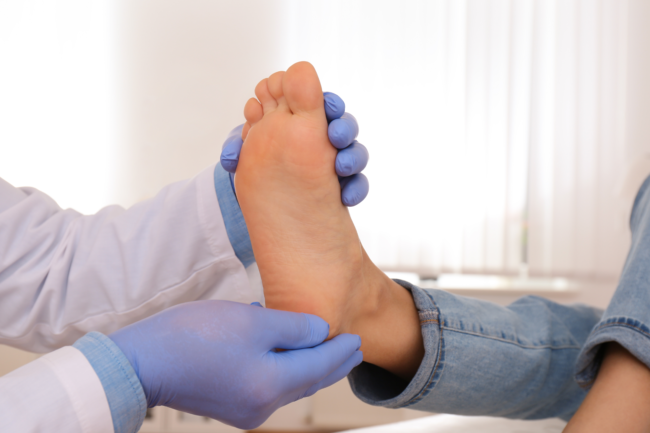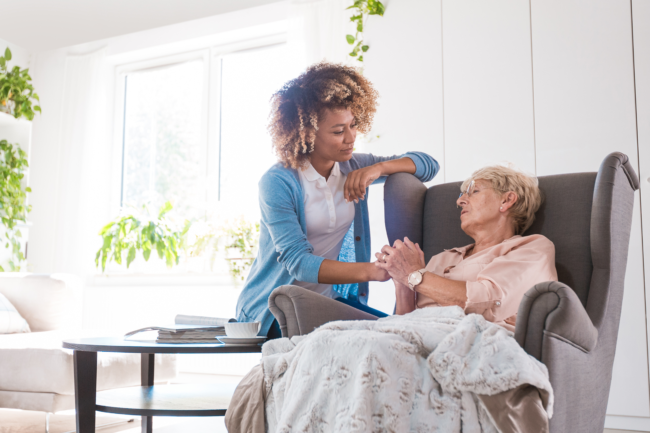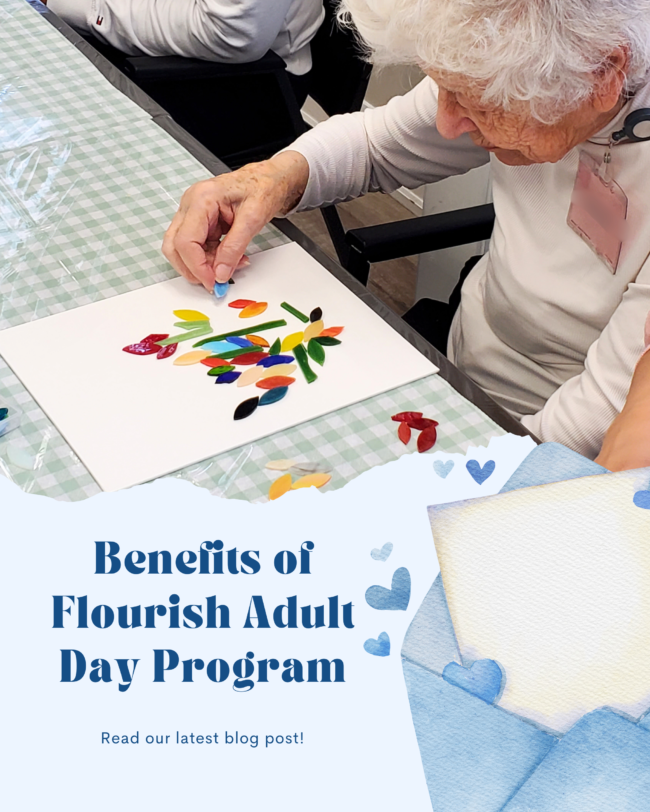
- 11-28-2024
- Posted By:
Admin
- Time: 6 months
Keeping Home Safe for Seniors
“There is nothing more important than a good, safe, secure home.” This powerful quote by Rosalynn Carter resonates deeply, especially when we think about the needs of our elderly loved ones. Yet, in today’s fast-paced world, the importance of creating a safe, secure environment for seniors is often overlooked.
As we get older, the comfort of home becomes increasingly important. Home is where we feel most at peace. However, aging often brings challenges that make even the simplest tasks more difficult. For seniors, ensuring a safe and supportive home environment is crucial for maintaining their independence and quality of life.
The Role of Home Care
For many elderly individuals, managing a household becomes increasingly challenging. Tasks like cooking, cleaning, grocery shopping, and organizing medications can be daunting. Home care services step in to provide the help seniors need, allowing them to focus on what matters most—spending time with loved ones and enjoying life at home.
Creating a Safe Haven
A truly safe home for seniors is more than just a place free of physical hazards—it’s a space that supports their overall well-being. From modifying the home with grab bars and non-slip surfaces to ensuring regular health check-ups and providing emotional companionship, holistic care is key.
Here are some suggestions for making different areas of the home safer for your loved ones:
1. Bathroom Safety
- Grab Bars:Install near toilets, bathtubs, and showers. Opt for textured, non-slip bars for extra grip.
- Shower Seating:Provide a sturdy, slip-resistant shower chair or bench.
- Non-Slip Mats:Use textured, rubber-backed mats both inside the shower and on the bathroom floor.
- Raised Toilet Seat:Install a raised seat with side handles for ease of sitting and standing.
2. Kitchen Safety
- Fire Safety:Use stovetop safety devices like burner guards and ensure a fire extinguisher is easily accessible.
- Accessible Storage:Lower cabinets and pull-out shelves keep items within easy reach. Avoid storing essentials above shoulder height.
- Non-Slip Rugs:Place mats with rubber backing near sinks and stoves.
- Appliance Safety:Equip ovens and stoves with automatic shut-off features to prevent overheating.
3. Living Room and Common Areas
- Furniture Stability:Secure lightweight or wobbly furniture to walls or floors.
- Clutter-Free Pathways:Arrange furniture to create wide, clear paths for walking aids like walkers or wheelchairs.
- Lighting:Use floor and table lamps with bright LED bulbs and add remote controls or smart plugs for ease of use.
4. Bedroom Safety
- Bed Height:Ensure the bed is at a comfortable height for easy getting in and out. Consider a bed rail for added stability.
- Nightlights:Install motion-sensor nightlights to guide movement from the bed to the bathroom.
- Emergency Access:Keep a phone or medical alert device within arm’s reach of the bed.
5. Staircases and Hallways
- Handrails:Install on both sides of the stairs and ensure they extend beyond the top and bottom steps.
- Step Markers:Add high-contrast strips or reflective tape to stair edges.
- Ramps:Where possible, replace steps with ramps, particularly for homes with wheelchairs or mobility aids.
6. Outdoor Areas
- Secure Walkways:Repair cracks or uneven surfaces in driveways or walkways.
- Lighting:Add motion-sensor lighting to pathways, porches, and driveways.
- Non-Slip Surfaces:Use non-slip coatings on outdoor steps and porches.
7. Electrical and Fire Safety
- Cords:Bundle electrical cords and tuck them away to avoid tripping hazards.
- Detectors:Regularly test smoke and carbon monoxide detectors, and install additional units if needed.
- Outlets:Use surge protectors and install accessible outlets to prevent overreaching.
8. Emergency Preparedness
- Medical Alert Systems:Provide seniors with wearable devices that connect directly to emergency services.
- Emergency Plan:Develop a simple evacuation plan and ensure pathways to exits are clear.
- Contact List:Post emergency contacts in visible locations like the refrigerator or beside the phone.
9. Adaptive Furniture and Tools
- Recliner Lift Chairs:Use powered recliners to help seniors stand up more easily.
- Magnifiers:Place magnifying glasses in areas where seniors read or handle medication.
- Assistive Devices:Add reachers or grabbers for picking up items without bending.
10. Home Monitoring Systems
- Cameras:Install indoor and outdoor cameras for caregivers to remotely check in.
- Smart Doorbells:Use video doorbells to let seniors see who’s at the door without opening it.
- Sensors:Motion or door sensors can alert caregivers of unusual activity.
By investing in personalized care solutions, we can help seniors age gracefully in place, surrounded by the comfort and security of home. After all, a safe home is not just a necessity—it’s a foundation for a fulfilling and independent life.
Caring Home Touch Health Care prioritizes its client’s comfort and privacy at home. Their skilled team assists with personal care tasks like bathing and dressing. They match their clients with a caregiver who fits their needs and provides dedicated attention. At Caring Home Touch, caregivers ensure comfort and care during every visit, aiming to make their clients feel safe and comfortable at all times.
Let’s prioritize the needs of our aging loved ones and ensure that their homes remain a haven of safety, care, and love.
Most Viewed
-

How to Take Care...
28 November 2024
-

Is Home Care Right...
28 November 2024
-

Keeping Home Safe for...
28 November 2024
-

Senior Day Program in...
04 March 2025
 John Doe
John Doe